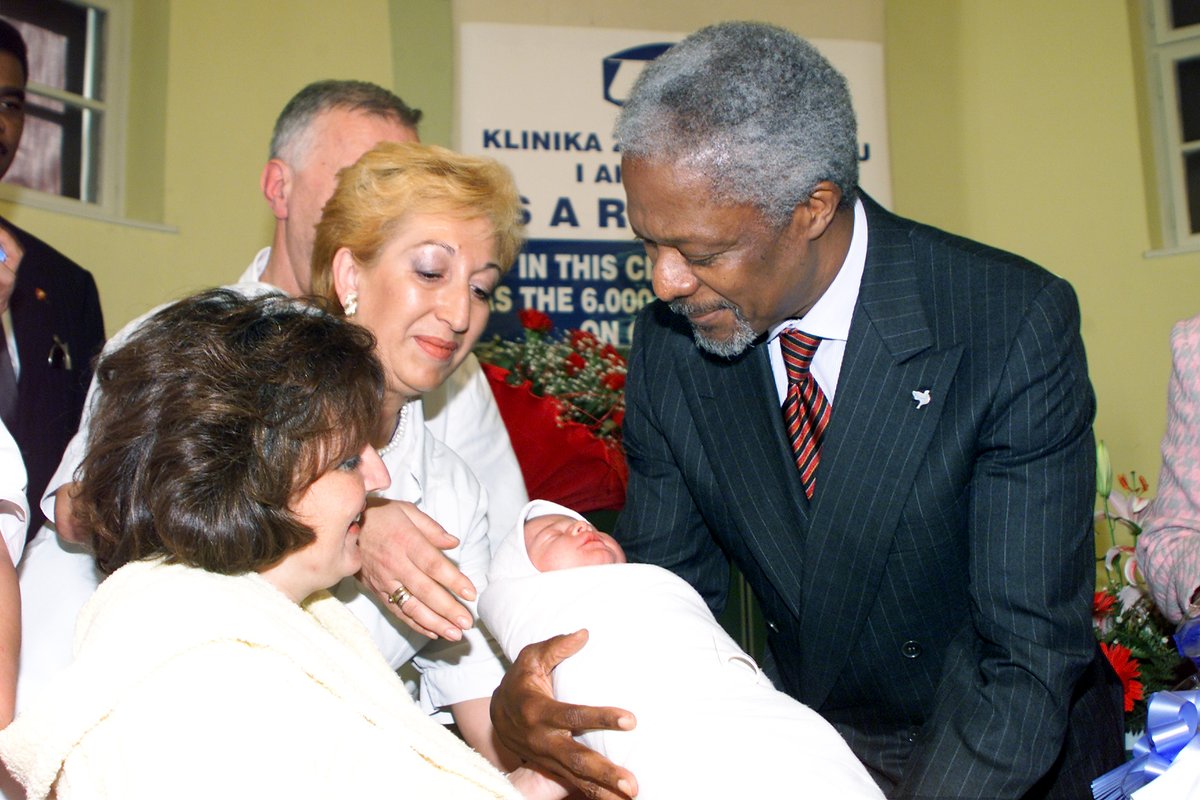Dialysis patients are a group with several risk factors ( advanced age, non-white race, poverty, and diabetes) for contracting SARS-CoV-2 and developing sever COVID-19. Therefore, they form a good group for studying the spread of the disease in the country and thus of seroprevalence. Seroprevalence is the percentage of people who have been infected with a pathogen and have developed antibodies to that pathogen.
A group at Stanford did just that and published their results in the Lancet recently (Anand S. et al. Lancet Online September 25, 2020).
When patients present for hemodialysis, a needle is stuck in a fistula, allowing the blood to enter the dialysis machine. This means that blood samples can be obtained from these patients easily.
The group tested plasma samples from 28 503 dialysis patients from 1300 dialysis centers across the US for antibodies to SARS-CoV-2 until the end of July 2020. Patients were from 46 states and 1013 (32%) of 3141 US counties. The study sample of patients contained patients from all races and neighborhoods. This allowed the study of a selection of people that included enough Blacks and Hispanics – groups that are often left out of studies.
From that sampled population, the seroprevalence for SARS-CoV-2 was 8·0% (95% CI 7·7–8·4. Standardized to the US adult dialysis population, the seroprevalence was 8·3% (8·0–8·6). When standardized to the US adult population, the seroprevalence is only 9·3% (8·8–9·9).
Other findings include:
Patients from predominantly black and Hispanic neighborhoods had higher seropositivity than those from white neighborhoods.
They also found that only 9.2% of seropositive patients were diagnosed. They based this on a comparison they did. From the sample, they estimated that there were 8989 seropositive people per 100,000 persons in the population. However, using data collected by John Hopkins, cumulative case data as of June 15, 2020, the prevalence of (nasal swab) diagnosed cases was 826 per 100 000 US adult population. This means only about 9% of seropositive cases were being diagnosed.
Prevalence of SARS-CoV-2 antibodies in sampled population, by state

Seroprevalence was higher in high population density communities.
Seropositivity was higher in those aged 18 – 64.
Counties with mobility restrictions had lower seropositivity too.
Take-Aways
Extrapolating from dialysis patients can lead to both over and underestimation. However, the difference the team observed between diagnosed cases per 100 000 population and their estimates of seropositive people per 100000 has also been found in other studies. Similar results were reported in studies from New York (Rosenberg ES, et al. Ann Epidemiol 2020; 48: 23–29.e4), the CDC Six Sites study (Havers F. et al. medRxiv 2020; published online June 26), and Switzerland (Stringhini S, et al. Lancet 2020; 396: 313–19). This lines up the team’s findings with those of other groups on seroprevalence.
The above finding means that a vast majority of Americans have still not been exposed to the virus. There are regional differences with New York state having a seroprevalence of about 33%. In all, though, 90% of all Americans have had no exposure to the virus yet. This means that we are quite far from achieving herd immunity through the unmitigated spread of the virus.
Patterns of Covid-19 mortality in Manaus (A) and São Paulo (C) in Brazil

In that, the town of Manaus, Brazil, may offer some answers soon. It is estimated that 44% to 66% of the Manaus population was infected with SARS-Cov-2 between the peak in mid-May and August. Deaths dropped from 60 a day at its peak on April 30 to just two or three a day by late August. It is thought that the town achieved herd immunity (Buss FL et. MedRxiv, September 21, 2020). Now the numbers are rising again, raising fears that a second wave is imminent and questions about how long immunity from a natural infection and thus a herd immunity really lasts.
Only time will tell and until then, stay safe!
By Nana Dadzie Ghansah an anesthesiologist who lives and works in Lexington Kentucky




